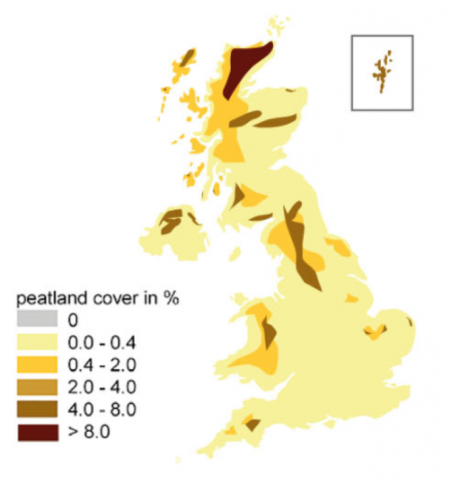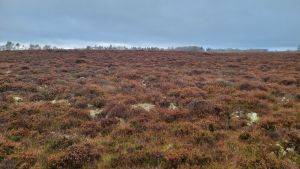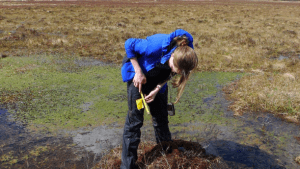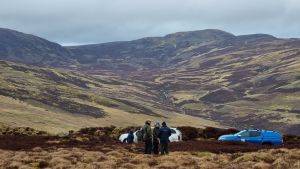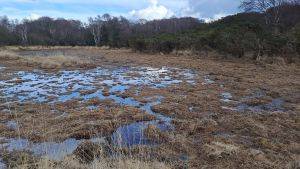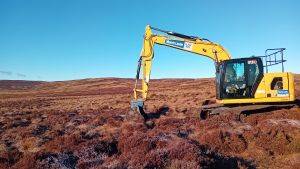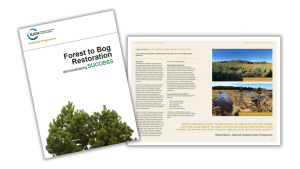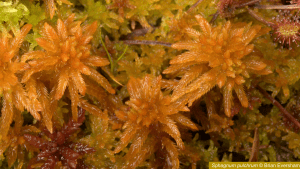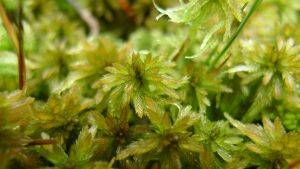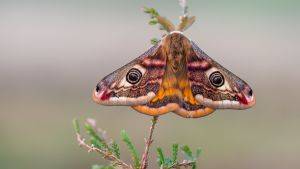Covering around 10% of the UK land area – nearly three million hectares, peatland habitat can be discovered in the most remote corners of the country, but also near the major centres of human population with livelihoods often intimately connected to their fate.
Whether managed for farming, sport or as a nature reserve, peatlands can provide a tranquil retreat and include
some of the country’s most important protected areas for their species and outstanding natural beauty.
Appreciation of the wide ranging impacts and benefits of peatlands is relatively recent and as a consequence the majority have been historically managed in a way that has left them in a damaged state, with an estimated 80% of UK peatlands in some way affected.
There are three broad peatland types in the UK: Blanket bog, raised bog and fen.
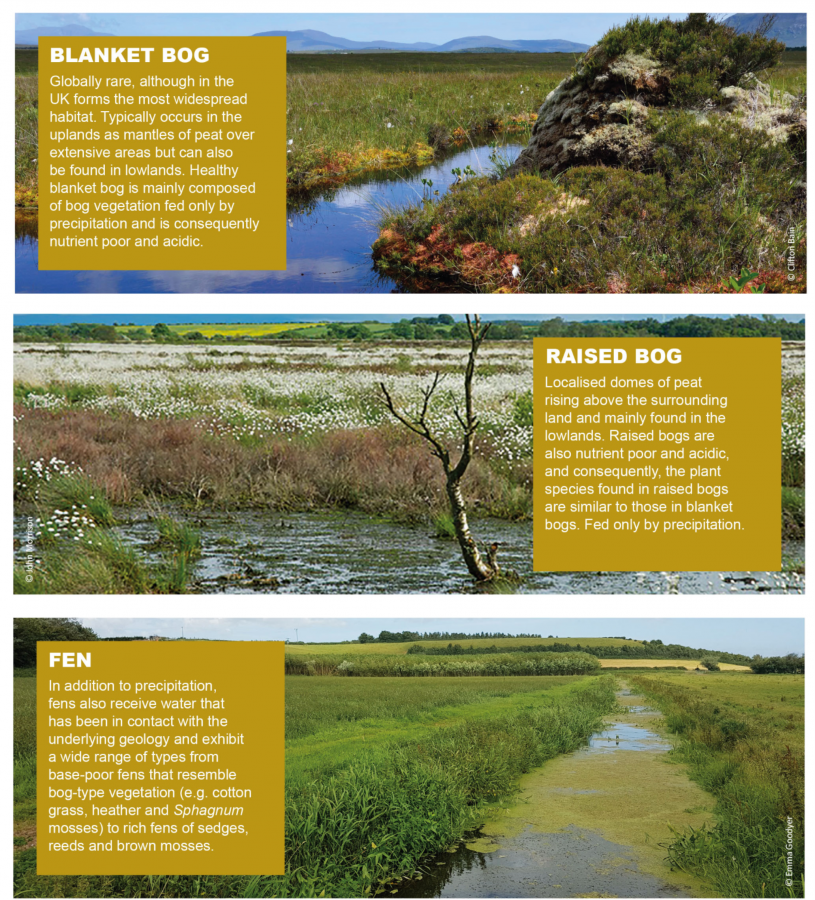
Bogs develop in cool wet oceanic climates and are fed only by rainwater (ombrotrophic) so are nutrient-poor and acidic. Bogs are found either:
- In relatively small isolated areas in the lowlands where peat has accumulated up to 10m over 10,000 years – Raised Bogs (see animation on how raised bogs are formed)
Or
- Extensive areas where peat has formed a mantle across lowland, or more commonly upland landscapes – Blanket Bog.
Peat has been forming across comparably wetter and more topographically variable UK uplands (as oppose to lowlands) for about 5-6,000 years creating landscapes where peat depth can vary from a few centimetres to an average maximum peat depth of 6 metres within a distance of less than 50-100 metres.
Bogs support a less diverse range of species than other wetlands but contain many unique species that are specialised to bog peatlands. Compare with Fen.
Bogs are the most widespread semi-natural habitat in the UK but blanket bog is globally rare - with 13% of the world’s blanket bog found in the UK they are of international importance.
Areas where peat has formed which are fed by surface and groundwater - containing nutrients from the underlying geology in which it has been in contact with - as well as rainwater (minerotrophic) are called Fens.
Types of fen can vary from base-poor fens which are associated with acidic water (pH 5 or less) which has been in contact with sandstone or granite for example, to base-rich fens which are associated with water (pH 5 or more) which has been in contact with limestone for example.


